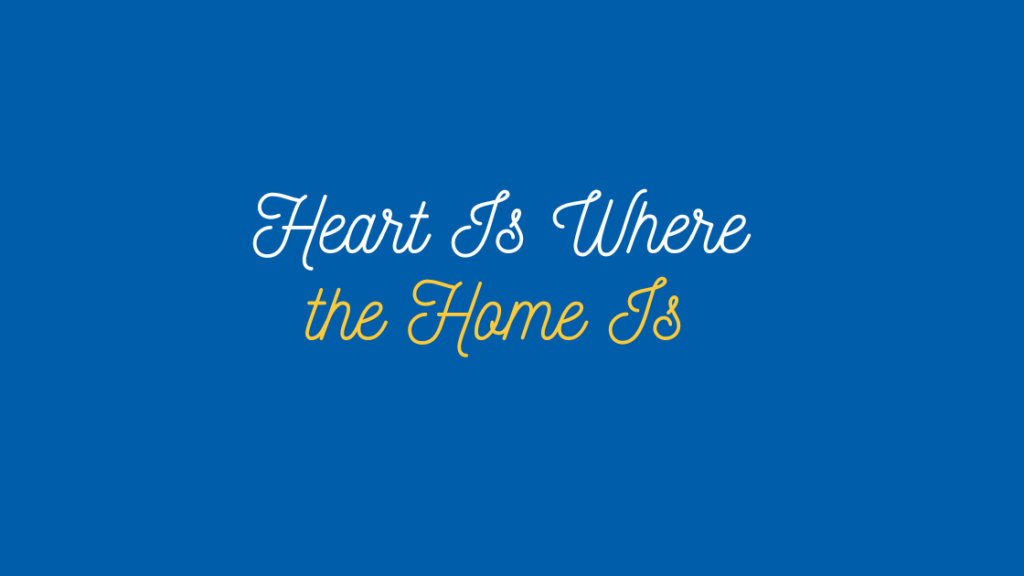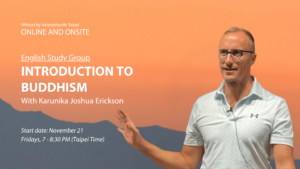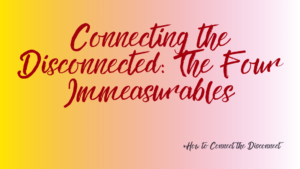There’s an old expression: “Home is where the heart is.” I prefer to say, “Heart is where the home is.” I repeat this silently as an affirmation whenever I am caught in self-doubt or when I’m looking outside myself for validation. It is a potent reminder.
Buddhism teaches that things are always changing and that the only constant is our heart of basic goodness. We forget this, however, and we tend to close our hearts when we are feeling hurt or fearful. Nonetheless, our open-heartedness is always there, just under the surface of our hurt or fears.
I think of home as warm and inviting, but when my heart is closed, my home is dark and shuttered. I’m unable to be compassionate, or I become defensive or critical. That’s not the way I want my home—and my life—to be. It might take time, but with some effort I am eventually able to let the light back in, opening my heart once again.
Working with the physical sensations around my heart has been helpful. I have started a practice to check in with my heart throughout the day to see if it is open or closed. Here’s an exercise for reopening your heart when it shuts down.
Breathing Exercise
- Take a relaxed but upright seated posture on a chair or cushion. In taking this upright posture, notice if your chest is collapsed, and if so, gently open it. Let your shoulders drop down and back.
- Take some deep, nourishing breaths, from your diaphragm and into your chest.
- As you inhale, notice your chest rising and pay attention to the area around your heart. As you exhale, let your chest relax without collapsing.
- With a sense of curiosity, notice the sensations in your heart and the area around it. How does it feel? Is it clenched? Fluttery? Relaxed?
- Continue to breathe deeply. As you do so, place one hand gently over your heart center, imagining that you are bringing warmth and light to that area, like you would light your home after you’ve been away.
- As you end this exercise, remind yourself that your heart is your home, and it is always available to you.

Beth Patterson is a psychotherapist specializing in grief, loss and life transitions. In her work, Beth relies on Buddhist psychology, mindfulness based cognitive therapy and body-centered therapies. Her articles and ebook are available at www.bethspatterson.com. Beth is a longtime Buddhist practitioner and a student of Dzogchen Ponlop Rinpoche.






